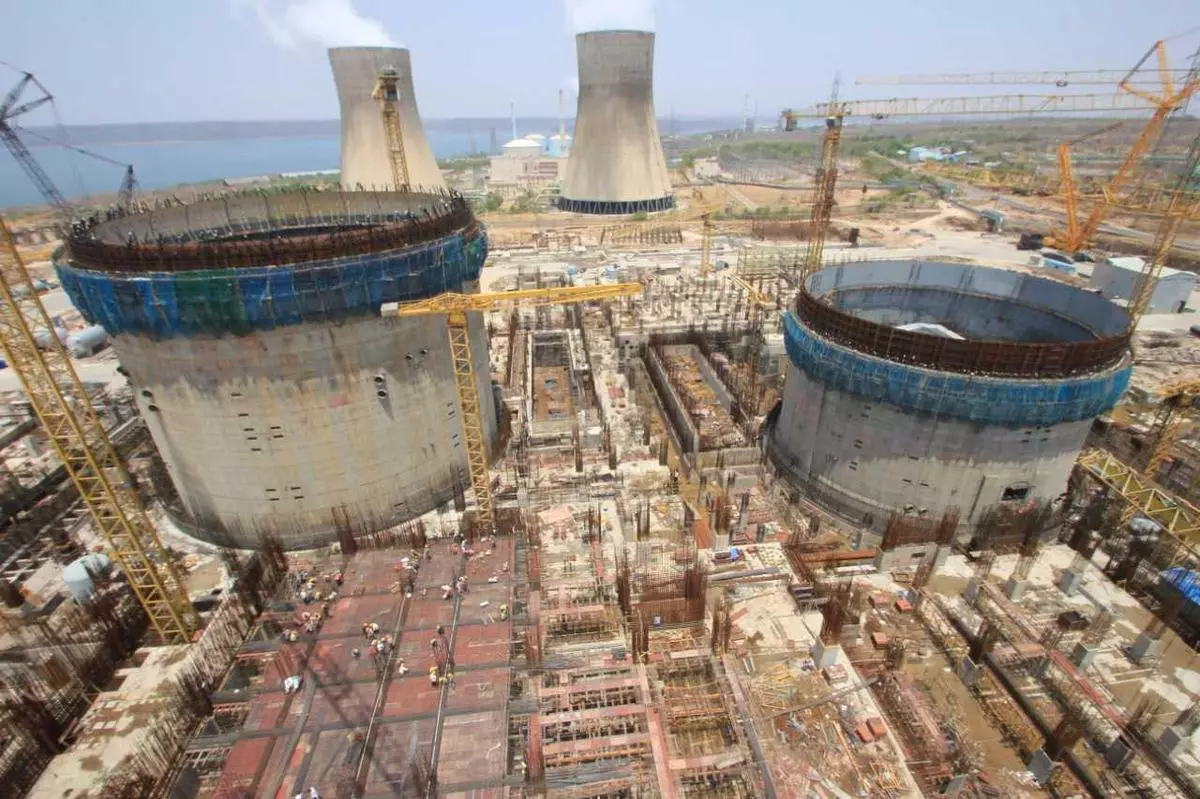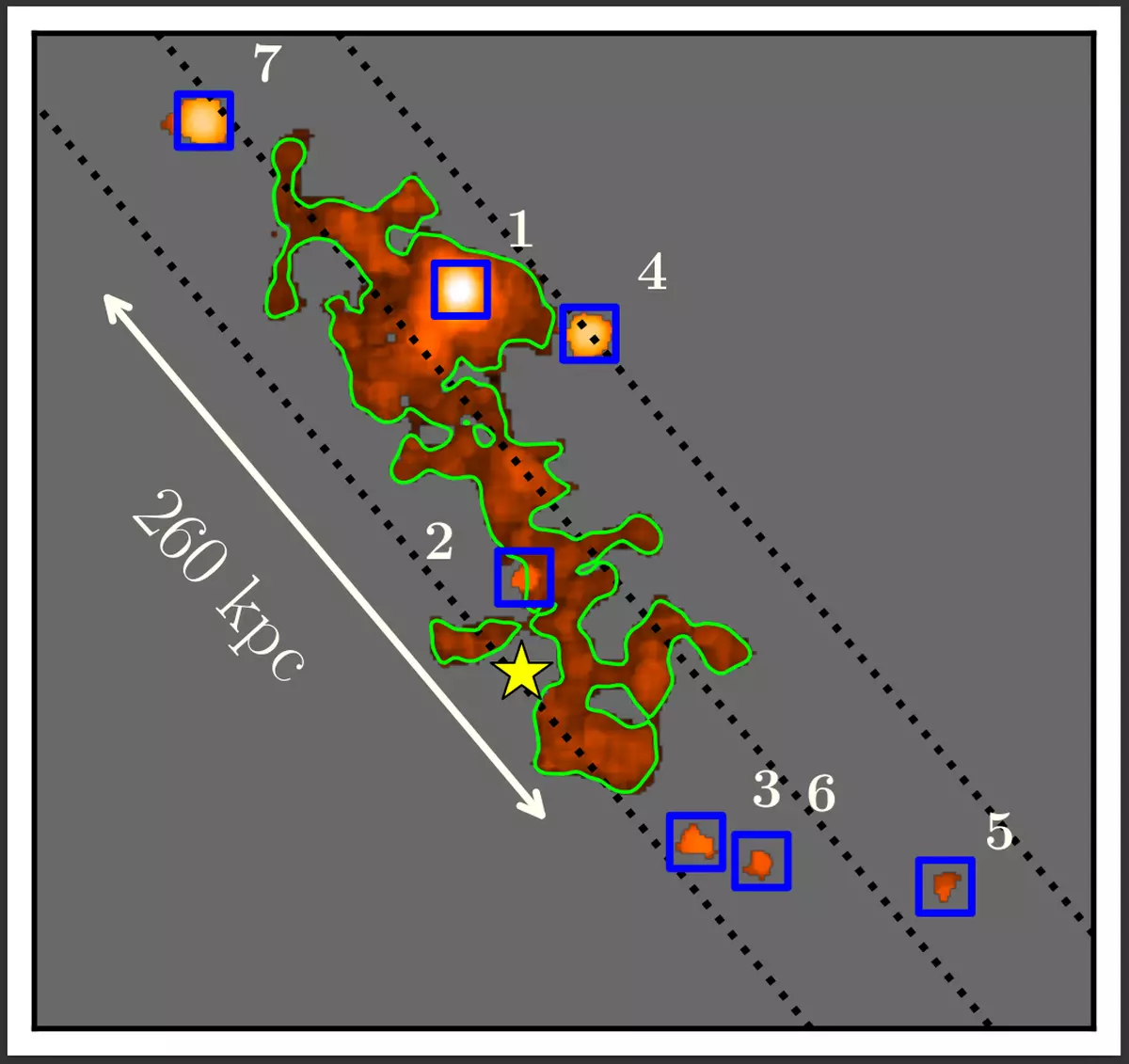
FD&C Red No. 3 (erythrosine, or E127) is a dye used in processed foods. Animal studies have linked it to cancer or disruption of thyroid hormone regulation.
| Photo Credit: FDA, US
US FDA issues nationwide ban on use of the dye Red No. 3 in food and ingested drugs
On January 15, following a petition in US courts by the Center for Science in the Public Interest (CSPI) and 23 other organisations, the US Food and Drug Administration (FDA) revoked its 1969 authorisation for the use of the colour dye called FD&C Red No. 3—the chemical name of erythrosine, or E127 (C20 H6 O5 I4 Na2)—in the food, cosmetic, and pharmaceutical industry due to the mounting medical evidence that its use is associated health risks, including serious physiological effects and cancer. It is a widely used additive in candies, beverages, baked goods, cereals, cherries, gelatin desserts, some medications, syrups, and cosmetics.
California banned its use in 2023, which order takes effect from 2027. In 1990, the FDA banned its nationwide use in some cosmetics like lipstick and skincare products and in some topical drugs like pain-relief ointments. But it has taken 35 years for a general nationwide prohibition to be put in place in the US; it will take effect in January 2027 and January 2028 in foods and oral drugs respectively. While the EU restricted its use only to certain types of processed cherries in 1994, in other countries, like India, its general use has continued with national regulatory limits on added levels.
According to scientists, an increasing amount of scientific evidence has identified the negative health effects of Red 3. It has been found to disrupt thyroid hormone regulation. While several studies in rats and pigs have found enlarged tumorous thyroid glands, a direct link with cancer, particularly thyroid tumour formation, this is yet to be established in people. Animal studies have also found that Red 3 can have various toxic effects on the brain, including neurodegenerative conditions like Alzheimer’s disease.
The Food Safety and Standards Authority of India has yet to react or respond to this development.

The under-construction seventh and eighth pressurised heavy water reactors of 700 MWe each at Rawatbhata in Rajasthan, a file photograph.
| Photo Credit:
NPCIL.
On the nuclear energy front
On January 7, the state-owned NTPC Ltd set up a new wholly owned subsidiary for nuclear power called NTPC Parmanu Urja Nigam Ltd (NPUNL). On September 11, 2024, the Union Ministry of Power gave the approval for this formation with the concurrence of NITI Aayog and the Department of Investment and Public Asset Management of the Ministry of Finance.
According to a filing by the company, the objective of NPUNL is “to carry on the business of planning and executing an integrated programme for harnessing and developing nuclear energy for generating electricity or other purposes on a commercial basis and to build, own, operate and manage, or to build and manage as an agent, nuclear energy, and [to] promote R&D development, and selecting suitable sites for nuclear power stations and ancillary facilities”.
The same month, the government also approved the creation of a joint venture (JV) between Nuclear Power Corporation of India Ltd (NPCIL) and NTPC called Anushakti Vidhyut Nigam Ltd (ASHVINI), with NPCIL having majority ownership of 51 per cent to “Build, Own & Operate nuclear power plants in India in accordance with provisions of the Atomic Energy Act (AEA)”. Additionally, the government approved the transfer of the Mahi Banswara Rajasthan Atomic Power Project (MBRAPP)—comprising 4 x 700 MWe nuclear plants based on indigenous pressurised heavy water reactor (PHWR) technology—from NPCIL to ASHVINI. The existing JV agreement between NPCIL and NTPC of August 2010 was amended to enable the above.
Following the 2016 amendment to the AEA, NPCIL recently invited proposals from the private sector to set up Bharat Small Reactors, which are the proven indigenous 220 MWe PHWRs repurposed for captive use in industries.
Also Read | CERN’s funds crunch, new tech for nuclear fuel, and airborne pathogens get a new name

The seven galaxies, highlighted in blue boxes, detected with MUSE exhibit a striking linear alignment, indicating an underlying filamentary structure. This alignment is remarkably mirrored by an 8,47,600 light-years-long Lyman-alpha nebula emanating from the giant filament. The yellow star pinpoints the location of the background quasar, whose light served as a probe to measure the metallicity of the filament, confirming its primordial nature.
| Photo Credit:
IUCAA
Evidence found of a ‘cosmic web’ from 11.7 billion years ago
Galaxies are the building blocks of the universe and are interconnected by vast, invisible streams of gas and dark matter, collectively referred to as the “cosmic web”, according to modern theories of galaxy evolution. Galaxies grow by accreting gas that fuels their star formation. However, observing these filaments is difficult given their highly tenuous nature with densities 100 billion trillion times lower than the earth’s atmosphere.
By analysing light emitted 11.7 billion years ago, a team of international scientists led by Eshita Banerjee and Sowgat Muzahid, her PhD supervisor, at the Inter-University Centre for Astronomy and Astrophysics (IUCAA), Pune, discovered a giant cosmic web filament stretching nearly 8,50,000 light years. This length is about 10 times the size of the stellar disc of the Milky Way galaxy and one-third of the distance between the Milky Way and its nearest neighbouring galaxy, Andromeda.
The work was done in collaboration with scientists from Leiden University in The Netherlands, the University of Milan-Bicocca in Italy, and the University of Michigan in the US using the Very Large Telescope (VLT) in Chile, operated by the European Southern Observatory (ESO).
On analysing the high-resolution spectra of a high-redshift quasar, Q1317–0507, the researchers identified a neutral hydrogen-rich region, known as a partial Lyman limit system, at a redshift of about 3.6. This region was found to have an exceptionally low proportion of heavy elements, with metallicity 10,000 times lower than the solar neighbourhood. Theories predict that such low metallicity is an indication of pristine cosmic filaments. In complementary observations with the instrument called the Multi-Unit Spectroscopic Explorer (MUSE) on the VLT, the team identified seven Lyman-alpha (a spectral line of hydrogen) emitting galaxies at the same redshift.
“The number of galaxies detected in such a small volume of the universe is ten times higher than what we typically observe in surveys at this epoch,” said the IUCAA release quoting Banerjee. “Moreover,” she said, “their spatial distribution across the sky revealed a rare alignment, which strongly suggests the presence of a larger, underlying filamentary structure.”
“These nebulae are typically observed around luminous quasars, whose intense radiation illuminates the surrounding gas. However, none of the galaxies detected in this study exhibits quasar-like properties, making this discovery truly exceptional,” said Muzahid, adding that the precise mechanism driving the extended Lyman-alpha emission remained unclear.
The work is due to be published in The Astrophysical Journal Letters.
Source:https://frontline.thehindu.com/science-and-technology/science-notebook-food-dye-health-nuclear-power-plant-galaxy-universe-cosmic-web/article69175505.ece

